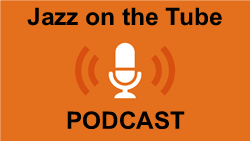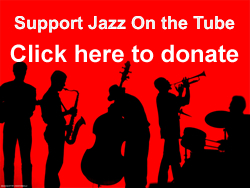The New Orleans/Haiti connection
The source of New Orleans’ unique character
Why New Orleans is New Orleans
The more you know about the history of the music, the more you’ll get from it.
This video shows the deep historical and cultural connections between Haiti and New Orleans, the birthplace of jazz.
It’s a very good overview of the facts, but there is some “sanitizing” going on.
For example, the “conflict” they describe between the Spanish and indigenous people in Hispanola (the island that Haiti shares with the Dominican Republic) was a systematic massacre of indigenous people by the Spanish, a true holocaust that saw millions killed.
In spite of this one lapse, this video will give you a good feeling for how the Caribbean in general and Haiti in particular contributed to the unique cultural conditions in New Orleans that gave rise to the music we love.
After Hurricane Matthew Haiti is in great need of our help now.
One group we’ve worked with for a long time is the Lambi Fund.
They have a long term commitment to the people of Haiti and focus on community economic development projects: reforestation, constructing mills, developing local agricultural resources and related projects.
I have been a donor for years and am very confident that the money I give them is well spent.
They are called The Lambi Fund of Haiti and you can learn more about them and their work here
[tell-a-friend id=”1″ title=”Tell a friend”]




